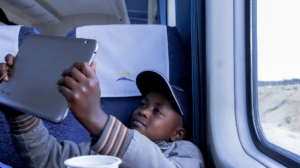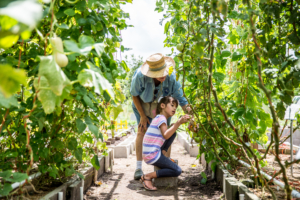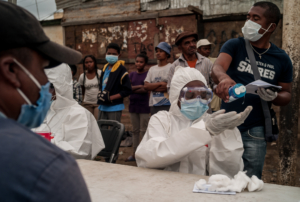
While South Korea is home to great technological developments and world-famous rising trends, it also has one of the highest numbers of impoverished elderly in a single developed country. Around half of the senior citizens are living in poverty with little to no support from relatives or the government. The Organization for Economic Cooperation and Development, or OECD, consists of over 30 countries that work with one another to encourage economic development. Unfortunately, despite all the economic progress it has made, South Korea has the highest elderly poverty rate of all OECD countries.
How Elderly Poverty in South Korea Came to Be
In the 1970s, a financial crisis hit South Korea that caused around 2 million people to be unemployed, many of these workers being senior citizens today. When the country began building its economy back up, many companies decided to replace the older generation of workers with younger ones. While the younger workers did not cost as much, the newly jobless population was left with no other choice but to retire earlier than expected.
In the present day, the now elderly population who was affected by the financial crisis have to support themselves by working non-conventional jobs. These jobs include picking trash off the street, cleaning or in the most extreme cases, elderly prostitution. Since this way of living is detrimental to the mental wellbeing of the older population, senior suicide rates have risen over time. Just three years ago, for senior citizens around 70 years old, nearly 50 people out of 100,000 committed suicide. For senior citizens around 80 years old, that number went up to 70 people per 100,000.
South Korea’s Welfare Programs
- Comprehensive Welfare Program: In 2012, South Korea began the Comprehensive Welfare Program to benefit the impoverished elderly population. Senior citizens who are physically compromised were given assistance in everyday routines, such as housework or laundry. Meals are provided at senior citizen dining halls and even delivered for those who cannot make it to a meal service location. Social service and activity programs were implemented as well, which helps boost the mood of the elderly who would not have otherwise gotten a form of entertainment anywhere else.
- Community Care Program: In 2019, South Korea announced the Community Care Program to aid senior citizens as well as other vulnerable groups. This program is spread all throughout South Korea, with application booths in plenty of local areas. Similar to the Comprehensive Welfare Program, the Community Care Program also provides in-home care services for physically compromised seniors, as well as food deliveries. This program also provides public housing and elderly daycare for those in need of special assistance and care. Additionally, 12 million won (nearly $12,000) will be provided as subsidies for senior citizens who continue to reside in the Community Care Program.
Creating Jobs for Seniors
In late 2019, South Korea’s employment rate continued to grow over 300,000 new jobs every month. Employment in late 2019 was around 27.5 million jobs, which is over 330,000 more jobs from the previous year. This hiring growth was because of the Ministry of Health and Welfare’s plans to increase senior jobs using the over 1.5 trillion won (nearly $1.5 billion) from their budget. Those who were out of a job previously were able to get a chance at improving their lives and livelihoods through becoming employed again.
– Karina Wong
Photo: Needpix


 Loon, a company division of Google, is using
Loon, a company division of Google, is using 

 As the world encounters one issue after another, food insecurity increases in countries with inadequate resources or less-than sufficient agriculture systems. With the pandemic at the helm and climate change an ongoing phenomenon, to survive these stressful times, innovative strategies are necessary. In this advanced society, new ways are necessary to process, distribute and reshape food production. Connections between food security and innovation seem far-fetched, but the United Arab Emirates/UAE’s food security and innovation program has found state-of-the-art techniques that relieve their people of this struggle.
As the world encounters one issue after another, food insecurity increases in countries with inadequate resources or less-than sufficient agriculture systems. With the pandemic at the helm and climate change an ongoing phenomenon, to survive these stressful times, innovative strategies are necessary. In this advanced society, new ways are necessary to process, distribute and reshape food production. Connections between food security and innovation seem far-fetched, but the United Arab Emirates/UAE’s food security and innovation program has found state-of-the-art techniques that relieve their people of this struggle. Extreme poverty affects people all over the world in many different ways. Some countries experience endemic poverty where it is incredibly hard for their citizens to overcome their circumstances and break the cycle of poverty. On the other hand, some countries have been able to reduce their poverty rates due to economic growth, development and investment. However, regardless of these differences, many countries align on how extreme poverty affects different age groups.
Extreme poverty affects people all over the world in many different ways. Some countries experience endemic poverty where it is incredibly hard for their citizens to overcome their circumstances and break the cycle of poverty. On the other hand, some countries have been able to reduce their poverty rates due to economic growth, development and investment. However, regardless of these differences, many countries align on how extreme poverty affects different age groups.

